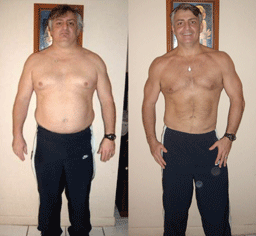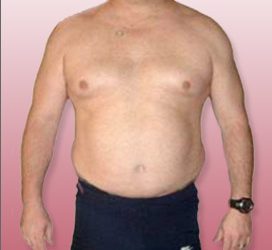One of the biggest challenges to staying on plan and ‘Living it’ is learning how to go out to eat for business or pleasure.

- Plan ahead-Establish that there are acceptable options available in the restaurant where you are going. Most restaurants post their menus on-line.
- Don’t skip a meal or forget to snack-
Eating every 3 to 4 hours is fundamental to ‘Living It’ and implementing the behavioral changes that lead to the long term weight loss success of our patients. In fact, I recommend that people who regularly entertain clients over meals have a snack or a protein shake 30 to 45 minutes prior to their meeting.Many people think eating less or less frequently is helpful when losing weight or keeping it off; the reality is that by not eating every 3 to 4 hours, the likelihood of over eating and making off-plan food choices increases. These choices may satisfy us in the moment but will not an hour or so afterwards. So when you know you will be going out to eat, don’t skip your snack or meal beforehand in anticipation. - Drink lots of water and pass on the bread-
Drinking water helps reduce hunger. When your server first comes to the table, request water (sparkling or flat) and pass on the bread and chips. By doing so you have taken a huge step in ensuring your weight loss success! - Start with a salad and Choose your salad dressing wisely-
Stick with a drizzle of olive oil plus red wine vinegar or bring your own dressing; try single serving packets. Many salad dressings lure you in by saying they are fat free; these dressings are usually high in carbs and calories. If you can’t read the label and determine that the dressing is on plan, avoid it. - Choose only those foods that you know are on your weight loss plan-
It is critical that we choose foods that are on plan. Choosing foods that are off plan are more challenging in that they can lead to sustained deviations, especially during the acute weight loss phase. Occasionally a few extra portions of protein or vegetables won’t have a long term deleterious effect. - Choose foods that are grilled broiled or steamed-
>Foods prepared in these ways tend to have less hidden fats and less high glycemic carbs. - Avoid anything fried-
These foods are often coated with high glycemic refined carbs which tend to make us want more. They are also high in fats (including undesirable trans-fats) and are high in blind calories. Additionally, they are often high in sodium. High glycemic index carbohydrates, fats and sodium are typically found in processed foods which are directly responsible for the obesity epidemic. - Avoid sauces-
Remember, we don’t know the actual ingredients in the sauces. The ingredients in the foods we eat influence the hormones that our bodies produce, which may satisfy cravings or make us more hungry an hour or so after a meal. Usually sauces do the latter. - Measure and/or limit the amount of the food brought to you-
Your server should be able to tell you the approximate weight of the steak, fish or chicken that you are considering. Depending on the size, you can request they bring half and take the other half home to have the next day. - Avoid bread, pasta, potatoes and rice-
This is critical during the acute weight loss phase. For the restaurant these are a cheap way to fill you up; our reality is this may taste great but typically this is a high glycemic load that lures us in for more and more and triggers cyclical eating and continued plan deviations. - Avoid alcohol-
When we drink we tend to be more open to deviating from our nutritional plan, both in food choices and quantity, plus alcohol is an additional source of calories. - Have fresh fruit for dessert-
Even if you don’t see it offered on the menu, it is often in house. Besides tasting good, fruit is a great source of vitamins, minerals and antioxidants that keep us healthy. Make sure there is no added sugar or syrups. Typical desserts, when eating out, are a glycemic nightmare; it is not an accident that desserts have names like “Death by Chocolate”. During the acute weight loss phase, avoid this type of choice like the plague but avoid thinking like you will never be able to have your old favorites again. You will, but when you do, I assure you, you will look at them differently. - Go easy on yourself and be positive-
Once on our Maintenance Plan, we are better equipped to deal with occasional higher caloric/high glycemic index foods. Once our body fat is reduced and our normal physiology is restored, we are more in control over food and we better equipped to balance foods out. This occurs once we have the knowledge and have successfully been able to institute the behavioral and nutritional changes (and not just a diet) that facilitate sustained weight loss as a byproduct of these fundamental shifts. YOU’VE GOT TO LIVE IT!TM






